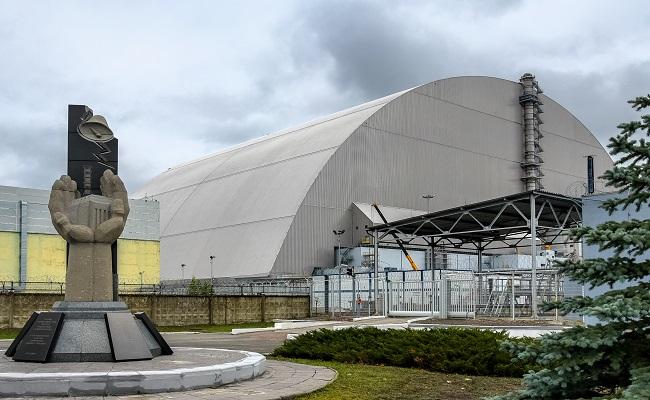Ukraine Crisis: Radiation Levels at Chernobyl Nuclear Plant Increases

Radiation Levels at Chernobyl Nuclear Plant Rise as the Ukraine Crisis Deepens.
Russian forces seize the Chernobyl nuclear power plant, causing a radiation spike.
New Delhi: Monitoring data shows a radiation rise near Chernobyl's nuclear power facility, which has been taken over by Russian forces, according to the BBC.
On Thursday, invading Russian troops took control of the plant, which was the site of the world's worst nuclear tragedy in 1986.
Monitoring stations in the area recorded a 20-fold spike in radiation levels on Thursday, according to a BBC report.
Experts, on the other hand, argue that another large nuclear disaster is "extremely unlikely."
Heavy military vehicles churning contaminated dirt in the 4,000-square-kilometer (2,485-square-mile) exclusion zone surrounding the abandoned plant triggered the surge, according to Ukraine's State Nuclear Regulatory Inspectorate.
Also Read: West Nudges New Delhi Over Its Neutral Stance on Russia’s offensive in Ukraine
The highest spike was reported close to the damaged reactor. Radiation levels are regularly monitored there and are recorded as a dose per hour in a certain place.
Those who live close to the reactor usually get a dose of roughly three microsieverts each hour. According to the BBC, that number soared to 65 micro Sv/hrs on Thursday, which is nearly five times what you'd get on a single transatlantic journey.
The jump was "quite localised," according to Claire Corkhill, a nuclear materials expert from Sheffield University, who told the BBC that there had been spikes along the key routes in and out of the reactor zone.
"The increased movement of people and vehicles in and around the Chernobyl zone will have kicked up radioactive dust that’s on the ground," Corkhill said.




